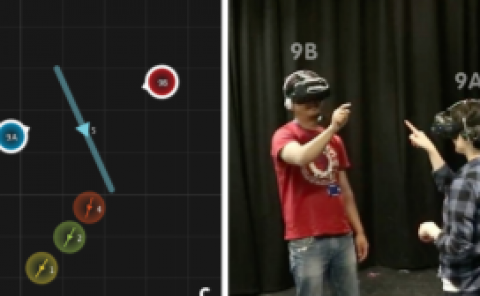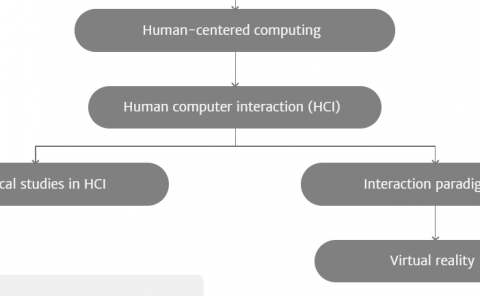A comparison of virtual locomotion methods in movement experts and non-experts: testing the contributions of body-based and visual translation for spatial updating
PubDate: June 2020
Teams: Moss Rehabilitation Research Institute;University of Utah
Writers: Erica M. Barhorst-Cates, Jeanine K. Stefanucci & Sarah H. Creem-Regehr

Abstract
Both visual and body-based (vestibular and proprioceptive) information contribute to spatial updating, or the way a navigator keeps track of self-position during movement. Research has tested the relative contributions of these sources of information and found mixed results, with some studies demonstrating the importance of body-based information, especially for translation, and some demonstrating the sufficiency of visual information. Here, we invoke an individual differences approach to test whether some individuals may be more dependent on certain types of information compared to others. Movement experts tend to be dependent on motor processes in small-scale spatial tasks, which can help or hurt performance, but it is unknown if this effect extends into large-scale spatial tasks like spatial updating. In the current study, expert dancers and non-dancers completed a virtual reality point-to-origin task with three locomotion methods that varied the availability of body-based and visual information for translation: walking, joystick, and teleporting. We predicted decrements in performance in both groups as self-motion information was reduced, and that dancers would show a larger cost. Surprisingly, both dancers and non-dancers performed with equal accuracy in walking and joystick and were impaired in teleporting, with no large differences between groups. We found slower response times for both groups with reductions in self-motion information, and minimal evidence for a larger cost for dancers. While we did not see strong dance effects, more participation in spatial activities related to decreased angular error. Together, the results suggest a flexibility in reliance on visual or body-based information for translation in spatial updating that generalizes across dancers and non-dancers, but significant decrements associated with removing both of these sources of information.



